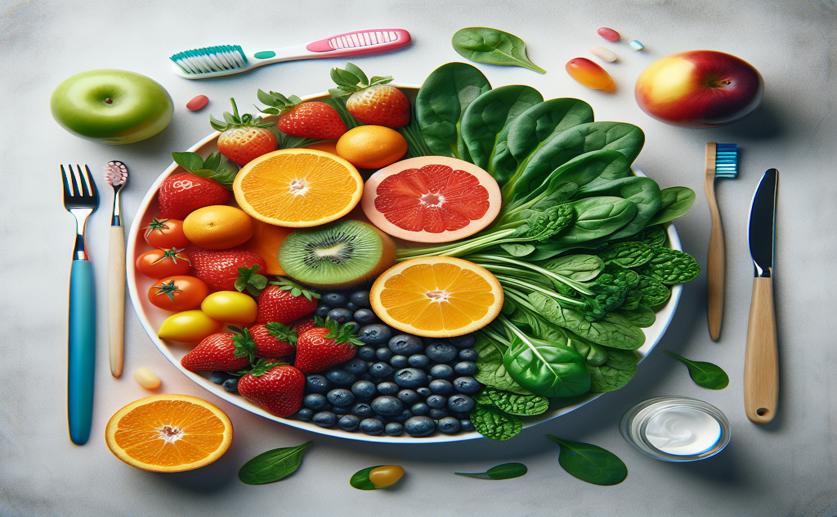
How Foods Rich in Natural Plant Compounds Affect Gum Disease
Greg Howard
27th February, 2024

Image Source: Natural Science News, 2024
References
Main Study
1) The relationship of dietary flavonoids and periodontitis in US population: a cross-sectional NHANES analysis.
Published 24th February, 2024
Journal: Clinical oral investigations
Issue: Vol 28, Issue 3, Feb 2024
Related Studies
2) Association between the quality of plant-based diets and periodontitis in the U.S. general population.
3) Efficacy of Proanthocyanidins in Nonsurgical Periodontal Therapy.



 18th January, 2024 | Jim Crocker
18th January, 2024 | Jim Crocker